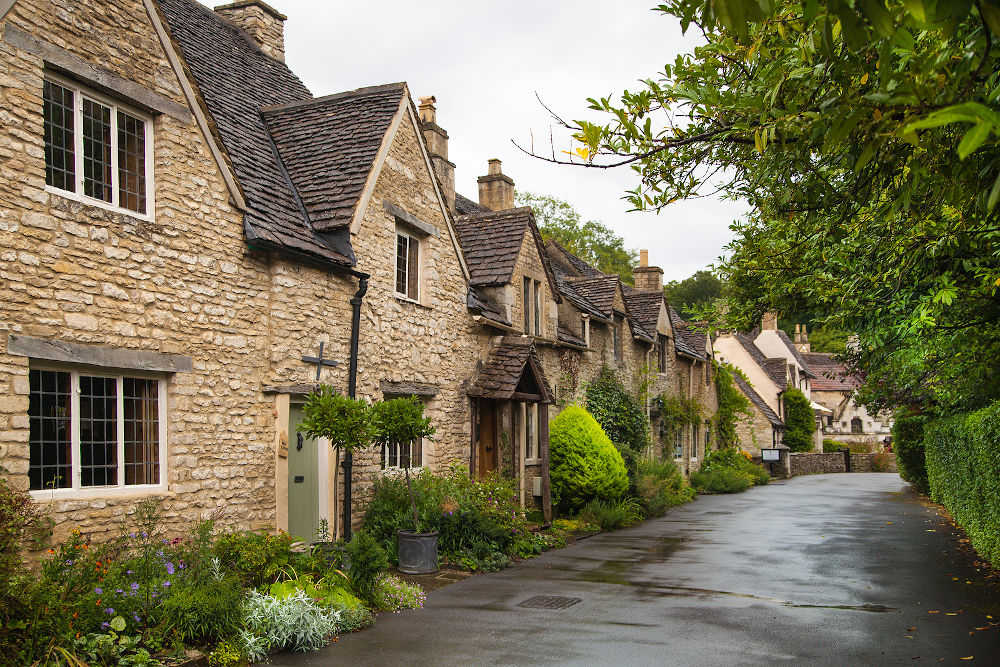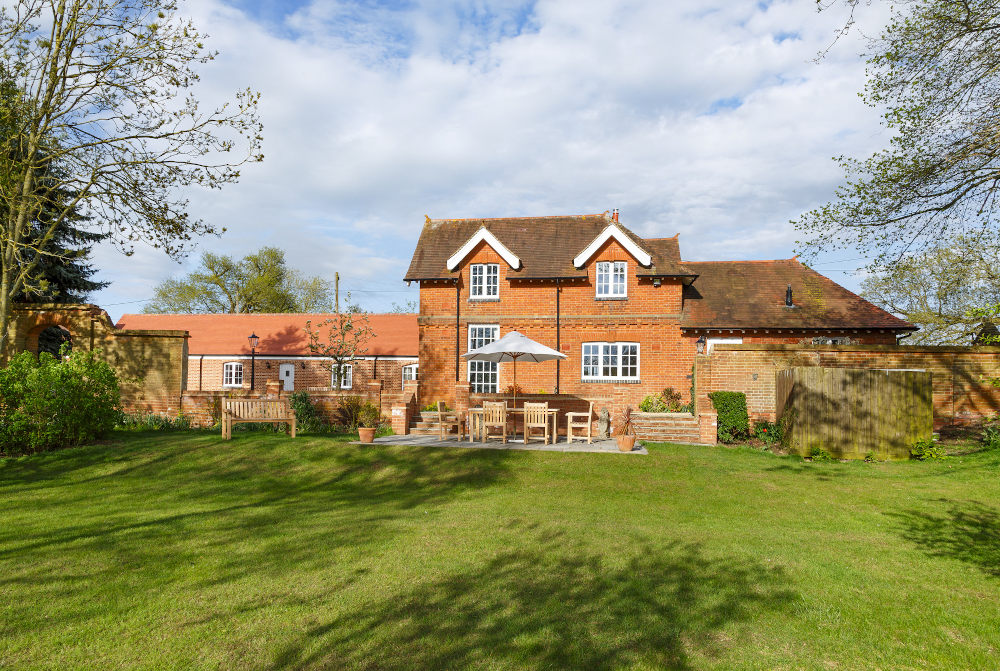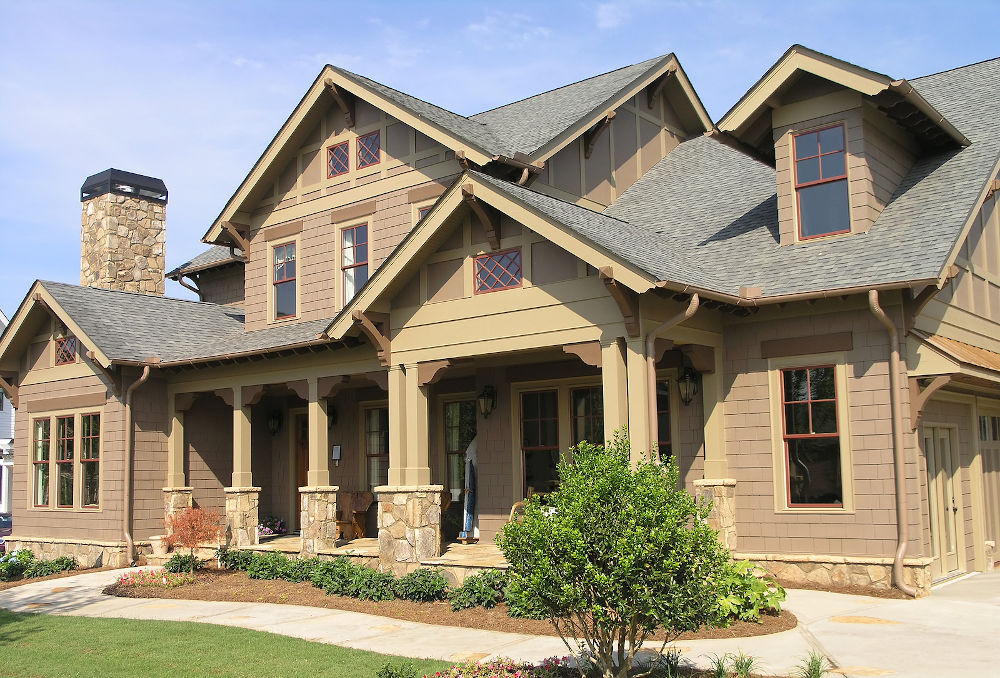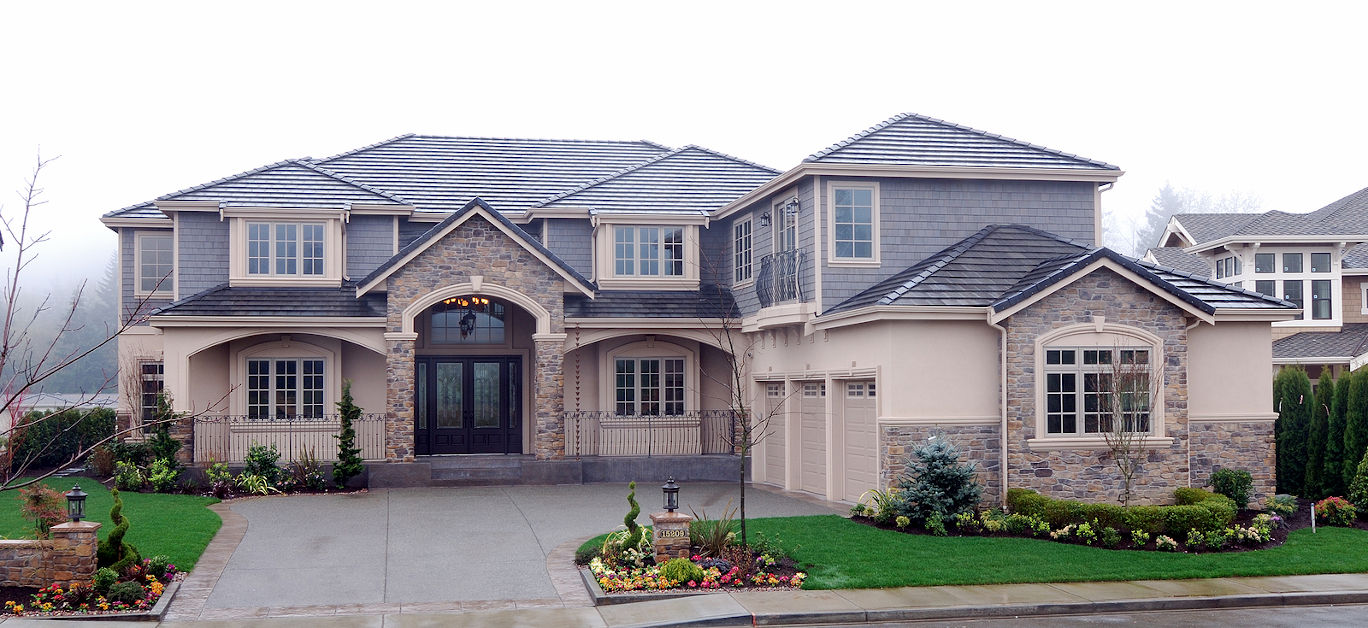When it comes to home improvements you will want to spend your money on something you can use and see every day, which is why roof repairs and replacements can really bite.
Not a part of your house that you get to spend a lot of time appreciating, roofs can sometimes need quite a chunk of cash being spent on them, but we can surely appreciate the work they do in keeping us warm, dry and safe from the elements. So, when the time comes for the odd repair or a full on replacement, you may want to part with your cash grudgingly, but the result will be so worth it and the effort will be seen for years to come, be it from a purely aesthetic point of view to adding value to your house.
Perhaps you are planning to build your home from the ground up and are considering the options for your stately new-build or you are quickly realising that the time has come to invest in a new roof to keep your home in a ship-shape condition, either way we are here to help.
There are plenty of different types of roof out there from gable to mansard and Dutch to gambrel with additions such as dormers and cross hip to consider too, with the price varying depending on the material you choose, the style and the size. Possibly the most important consideration is the material as this depends on the climate in which you live, the style of the house you have or would like to have and the overall look for such a big part of your home.
The material you choose for your roof can boost the appearance of your house with the style, look, and colour easily communicating the house’s look and feel, therefore when choosing the different roofing materials, you must figure out the ones which will be right for your house. Here is a rundown of the most popular roofing materials to consider to help you choose the right one for your abode.

Image credit: IR Stone/Bigstock.com
Slate roofing
Using slates for your roof can produce an elegant appearance and are a top choice due to their durability and sustainability. Slates have the longest lifespan of more than 100 years so they make a great investment, and they can be recycled too. If you want a French, European, or colonial chateau home, slates will provide the ideal choice and you can choose from a range of colours including green, black, purple, red, and grey to suit the look and style of your home.
According to MidSouth Construction roofing contractors: “When it’s time for a roof replacement, choosing slate roofing can provide enduring elegance and unmatched durability. With a lifespan exceeding 100 years and recyclable properties, slates offer both sustainability and aesthetic appeal, making them a smart choice for any homeowner.”
Metal roofing
If you reside in an area with extreme weather conditions, metal roofing will be the best solution. Consider the different types of metal roofs which include copper, zinc, stainless steel, and aluminium, and you can either opt for shingles or panels.
Metal roofs are amongst the most durable roofing materials and they can last between 40 to 70 years, depending on the type you select. These roofs are also energy-efficient, thus reducing your energy costs and reducing your carbon footprint.
When choosing a metal roof, it’s important to consider your location. If you reside close to a beach, aluminium roofs will be the best as they oxidize quickly, thus protecting the aluminium layer underneath. Due to its strength, steel is an excellent solution if you reside in an area prone to hailstorms and strong winds.
Clay and concrete tiles
If you’d like to add some elegance and texture to a roof, clay and concrete tiles should be your go-to option. Some common types of clay tiles include ribbed, genuine flat, and scalloped and these options are durable but heavy, and they will require a contractor to install them correctly.
730 South Exteriors Roofers recommended that clay and concrete tiles be energy efficient due to their bulky nature. They are also non-combustible and durable and since clay tiles require more materials and effort to make, they can be costly but it will be worth the investment.

Wood shingles
One reason why homeowners love wood shingles is because of how they weather and they can offer a rustic look to your home too. The styles of homes that the shingles will look good on will include cape cod, bungalows, Tudor and craftsman style homes, and cottages. Class A rated wood roofing should be the option to look for if you reside in a fire-prone area and applying a fire-resistant coating on the shingles can provide an additional layer of fire protection.
Asphalt shingles
These are the most common roofing materials because they’re easy to install and economical. The shingles can be reinforced with organic materials or fiberglass, which doesn’t change the appearance of the shingles. Asphalt shingles are available in various colours, meaning they can fit most architectural styles, though, unlike other types of roofing, asphalt has a shorter life span of 20 to 25 years.
Tips for selecting the best roofing materials
When replacing a roof, you may think that the best option is to simply use the same material as what was there before, to ensure that the look ties in nicely, but you can certainly opt for an upgrade if a smarter looking home is what you desire. Above we have outlined the benefits and uses of some materials and to help you decide, we’ve put together a few tips for you to consider when choosing a new roof below.
1. Cost of roofing
A new roof can either be expensive or affordable, depending on a number of considerations. Affordable materials such as asphalt may be pleasing on the wallet at the time of repair but with a short life span, you could see yourself doing the work all over again if you plan on staying long term. Compare the cost per square foot to help you budget and consider a number of quotes so you can factor in labour charges too. Remember that the labour charges will fluctuate depending on the roof’s steepness, height, and complexity and design.
2. Roof installation
A common issue that can arise during installation relates to the weight of the materials, so make sure you contractor is aware of your roof structure before any materials are purchased and work begins. The design of your roof has to carry the weight of these materials therefore, the contractor has to ensure that your roof has solid structural framing as, if the roof isn’t rigid enough, they will need to fortify the frame. The process will add more time to your roof installation project and increase the cost, so before choosing a heavy roofing material like slates or clay tiles, you should examine your roof structure.

3. Appearance
The roof is one of the most visible parts of your home from the outside, so for the ultimate in kerb appeal, consider the colour options you have, which will depend on the materials that you find, and make sure it is aesthetically pleasing.
Slates can come in a range of colours and for clay roofs and wood shakes, you should consider checking the texture to ensure that it can complement your home’s exterior finish, while adhering to the architectural style of the home to ensure that there is consistency.
4. Weather conditions
The roof is the main barrier between you and extreme weather conditions, so it’s important to choose a material that can reliably protect your home. Materials like aluminium and copper can be a poor choice if you live in an area that’s prone to hailstorms and strong winds, while steel and clay tiles can do a better job of protecting your home against any weather elements.
5. Durability
Though it may be tempting to go for a more cost-effective option if you are looking to reside in your home for a shorter period, this can be counterproductive. Durability is key here as you may be faced with repairs on cheaper options while you’re still living there, and when you want to sell up, buyers will be looking at the property in great detail and certainly won’t want to factor in their own roof replacement any time soon. Always go for the most durable option that you can feasibly afford and remember that quality, sustainable options are the best.






















